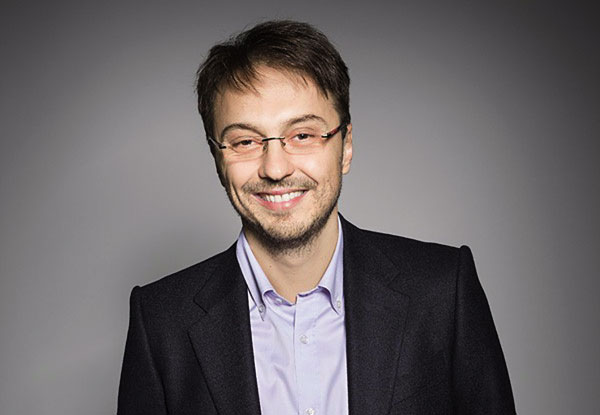
Romanian New Wave director Calin Peter Netzer has met with a marked degree of success. His new film, Child’s Pose, has not only broken box office records in his homeland, but won last year’s Golden Bear at the Berlin International Film Festival.
Originally working on another project with the script’s co-writer, Razvan Radulescu (The Death Of Mr Lazarescu), the central character of Child’s Pose grew from a discussion about their mothers.
“We started from the characters and the relationship between the mother and the son, and that’s what is most important. Because it’s a film about a dysfunctional relationship, about the Oedipus complex, and so on. To structure the film, we needed something strong to base the story around. We find the story of the accident coming from the news, because stuff like this is happening all the time in Romania.
“We integrated this into the film with the story of the mother and child. Of course we are talking about class and social structure. But from my point of view the main theme is the relationship. I think in a way the story is a universal story, because many people have come to me and said they identify with the mother and the son.”
Renowned actress, Luminita Gheorghiu, was always considered the ideal choice for the main role, with many of the lines being written for her. However, unsure if they were able to get her, two months of pre-production was spent searching for an alternative. Fortunately Netzer was able to secure Gheorghiu (his “best option”) and her performance provides the backbone for this moving family drama.
With a small budget, Netzer meticulously planned the production, to allow the most from the shooting schedule. “Because the budget was very small, we worked the 30 days exactly like it was 12 to 14 hours a day of shooting. We had to, as the script was 130 pages. It was difficult. We didn’t have time, so we had to be very well planned, very precise on the set.
“We shoot the whole scene like a master shot, but we shoot on two digital cameras. We rehearse the scene in the beginning of the day, then we start shooting. I left a freedom to the camera man to shoot what it was like from their point of view. I was very interested to see how the camera man was seeing, as they were near the characters. This allowed the actors a liberty of movement. When we shoot the whole scene from the beginning to the end, the actors accumulate their emotions instead of filming bit by bit.”
The result is a powerful drama exploring corruption not just of a system, but of family ties and individual souls. Little wonder it was awarded the best film at Berlin, even if it did come as somewhat of an unexpected delight to the director.
DAVID O’CONNELL